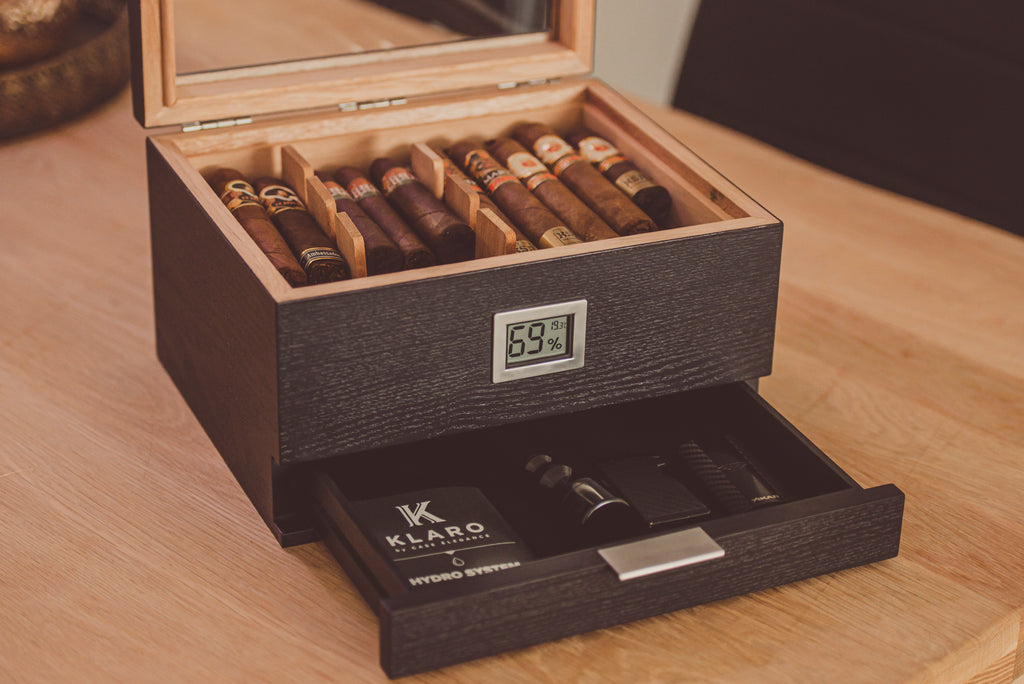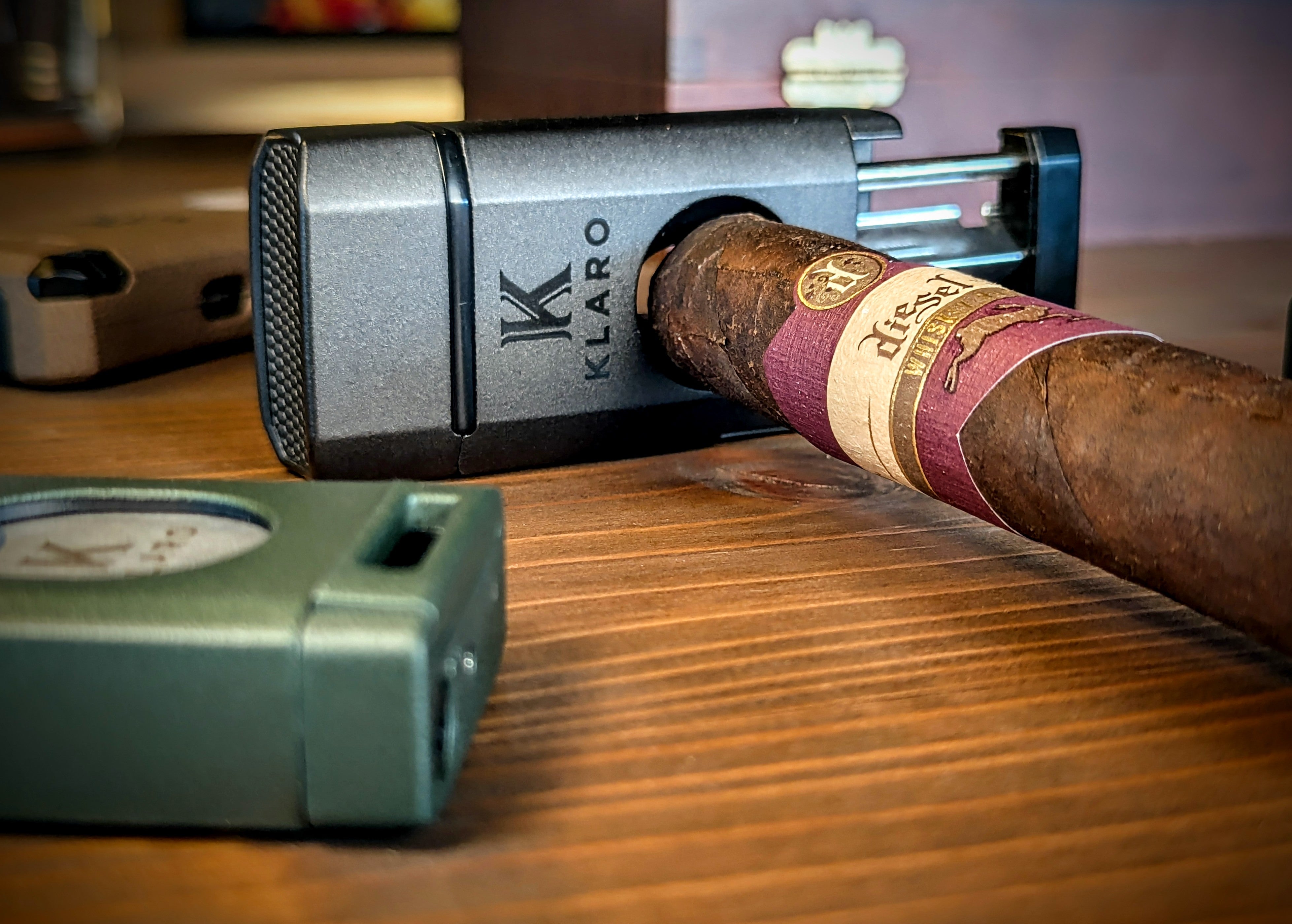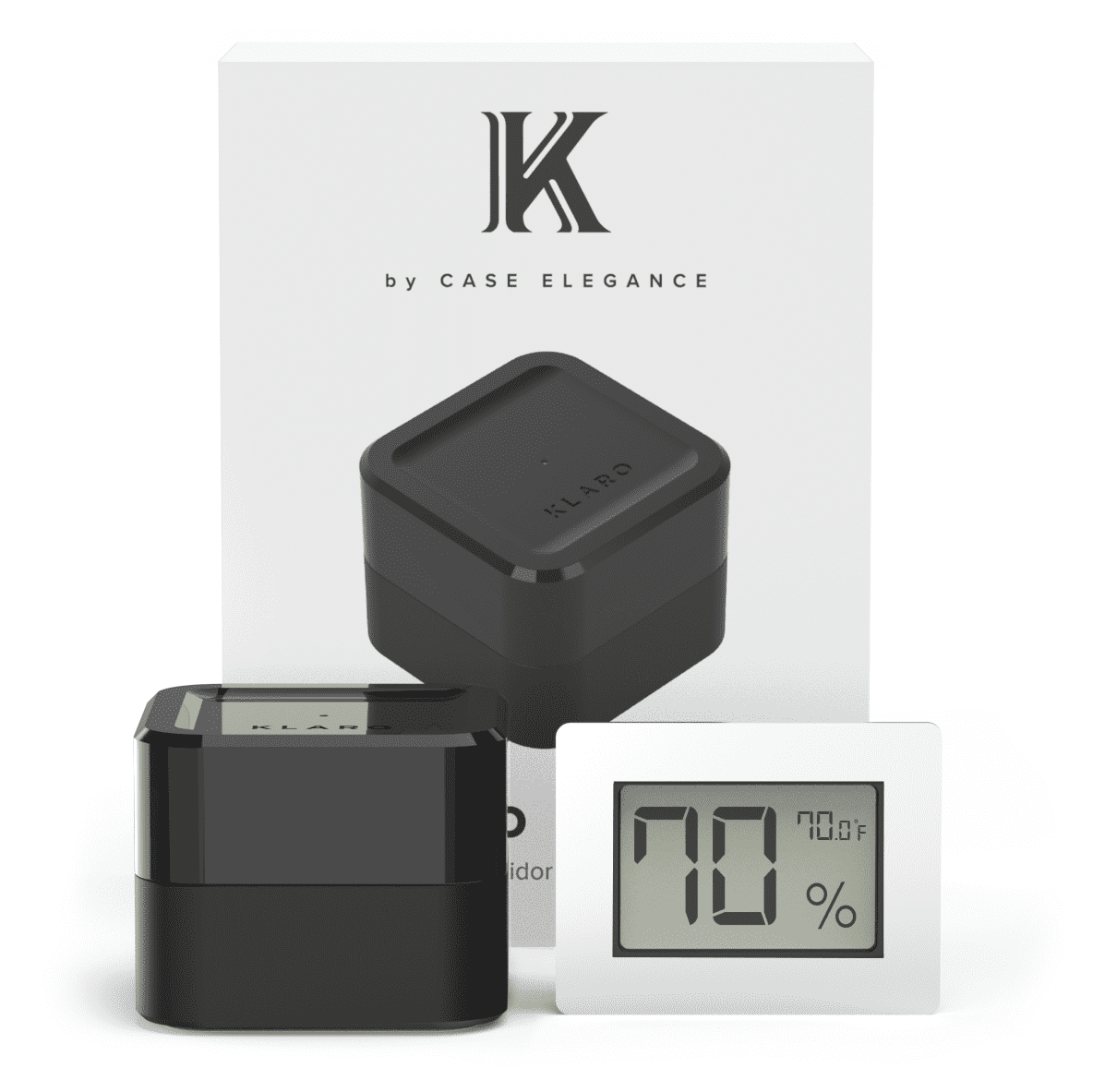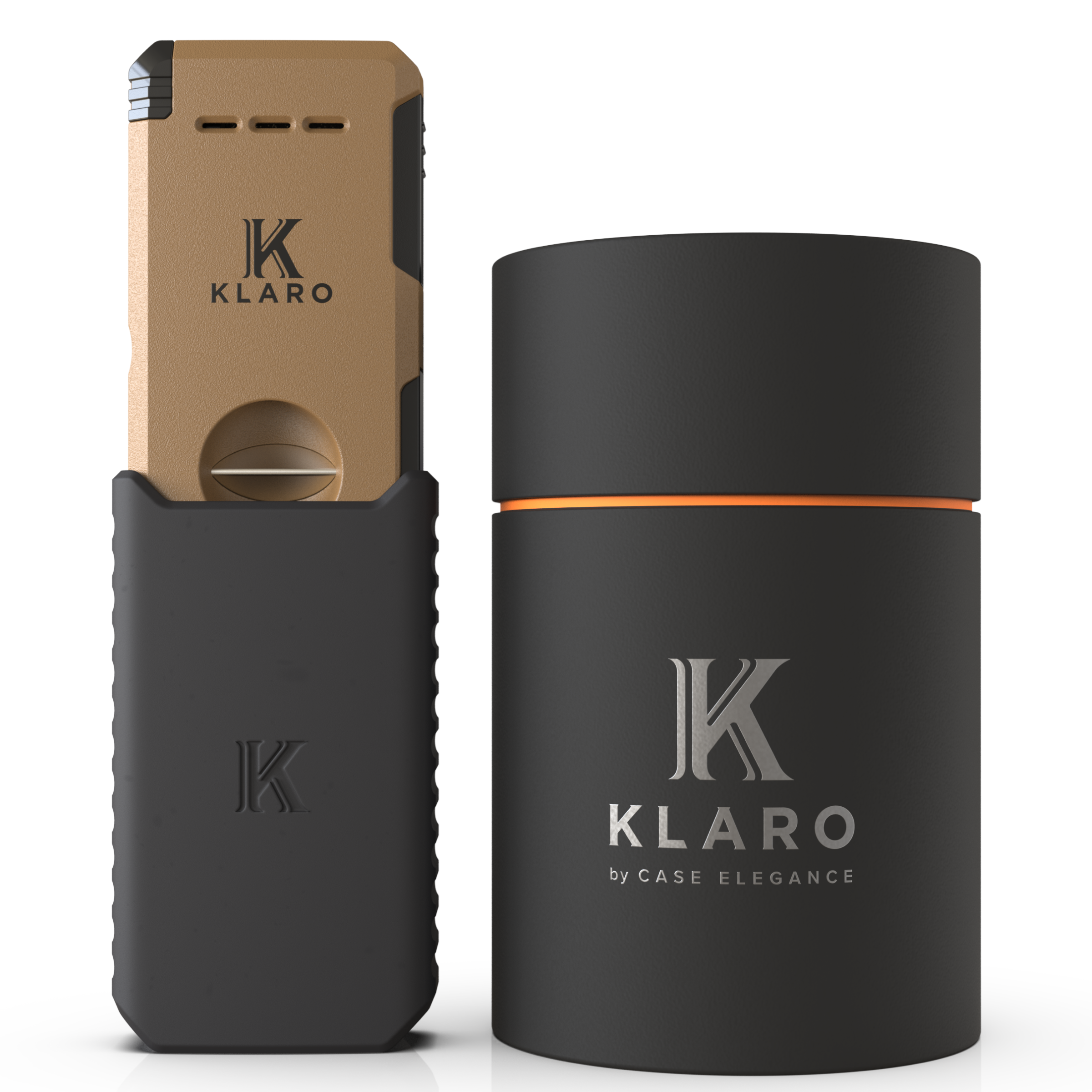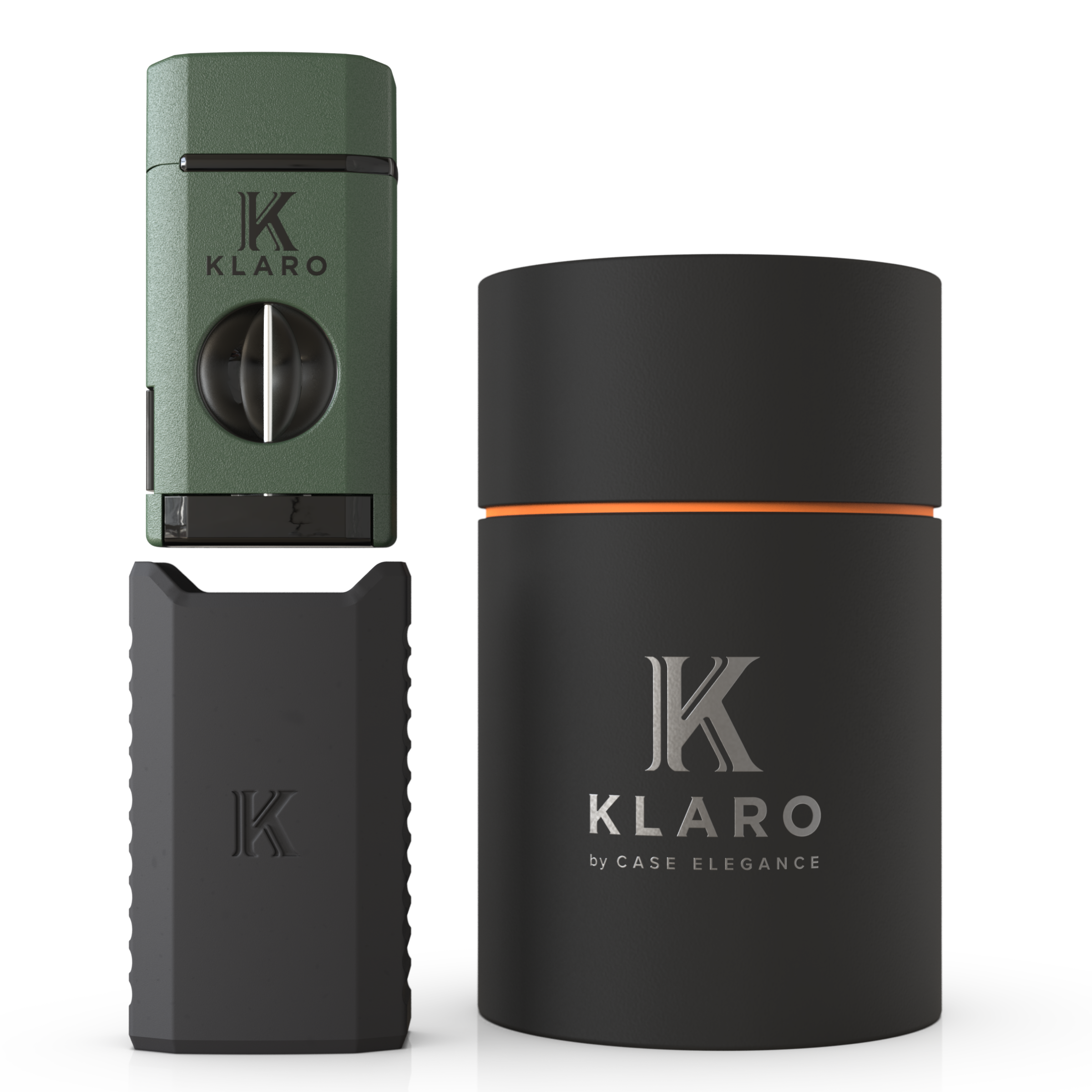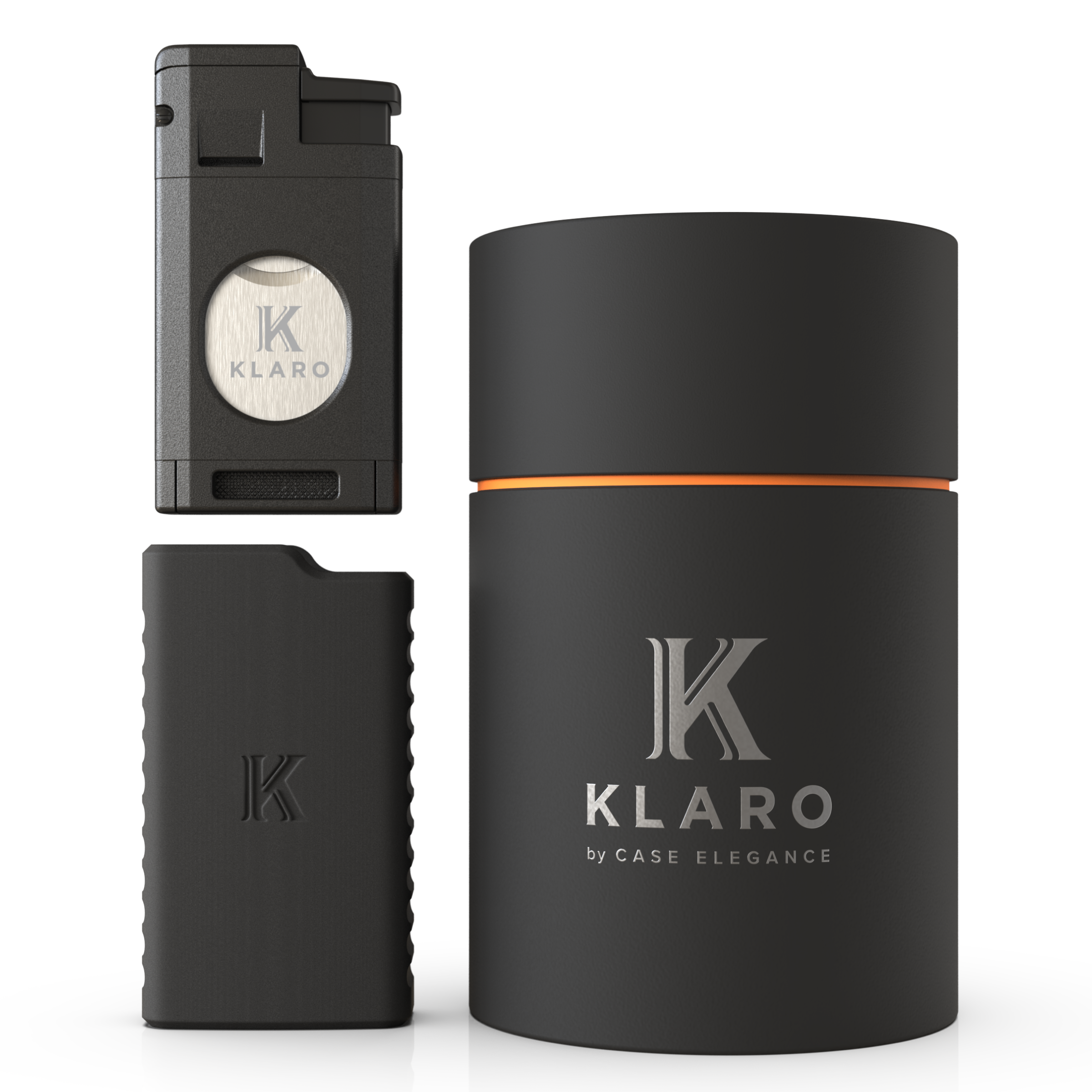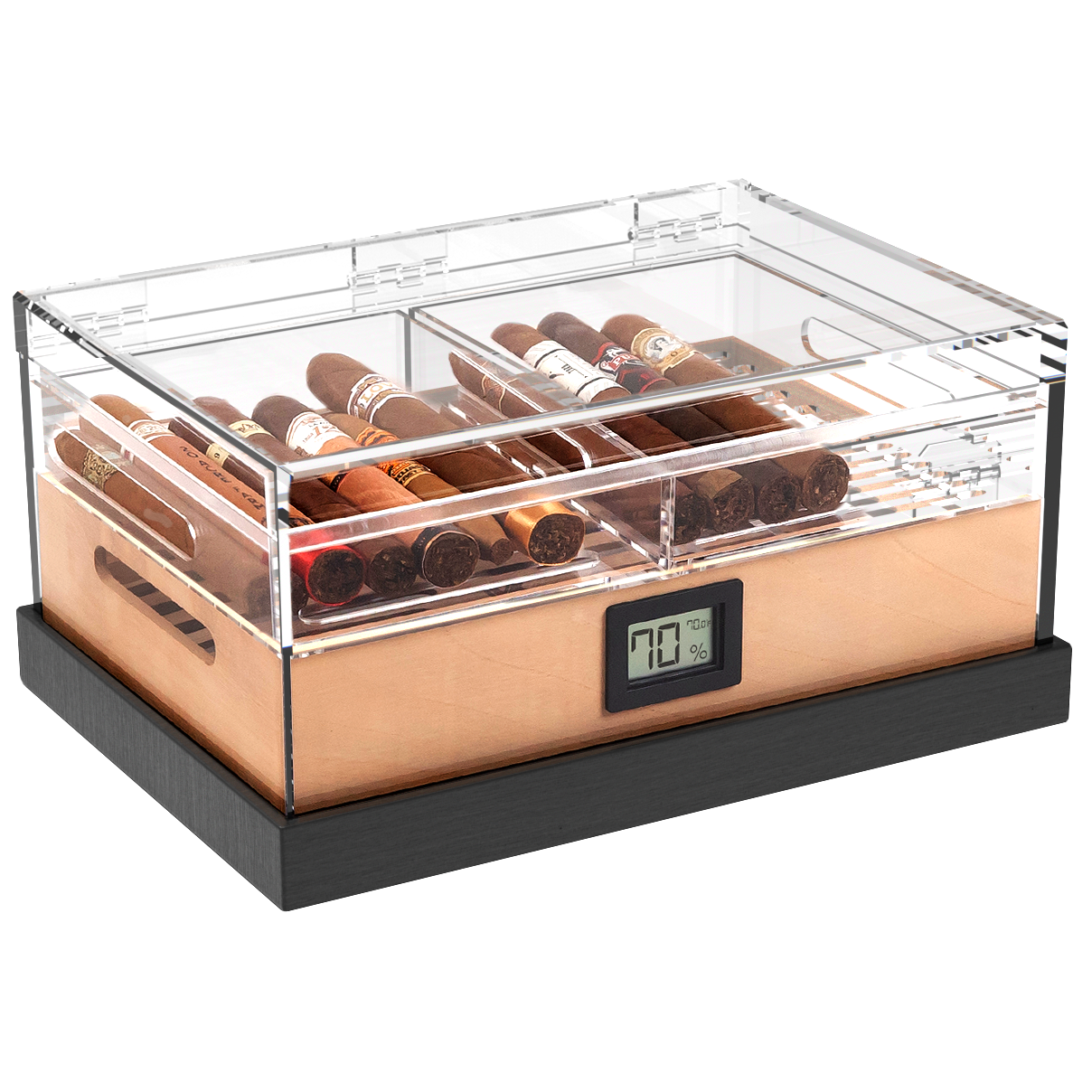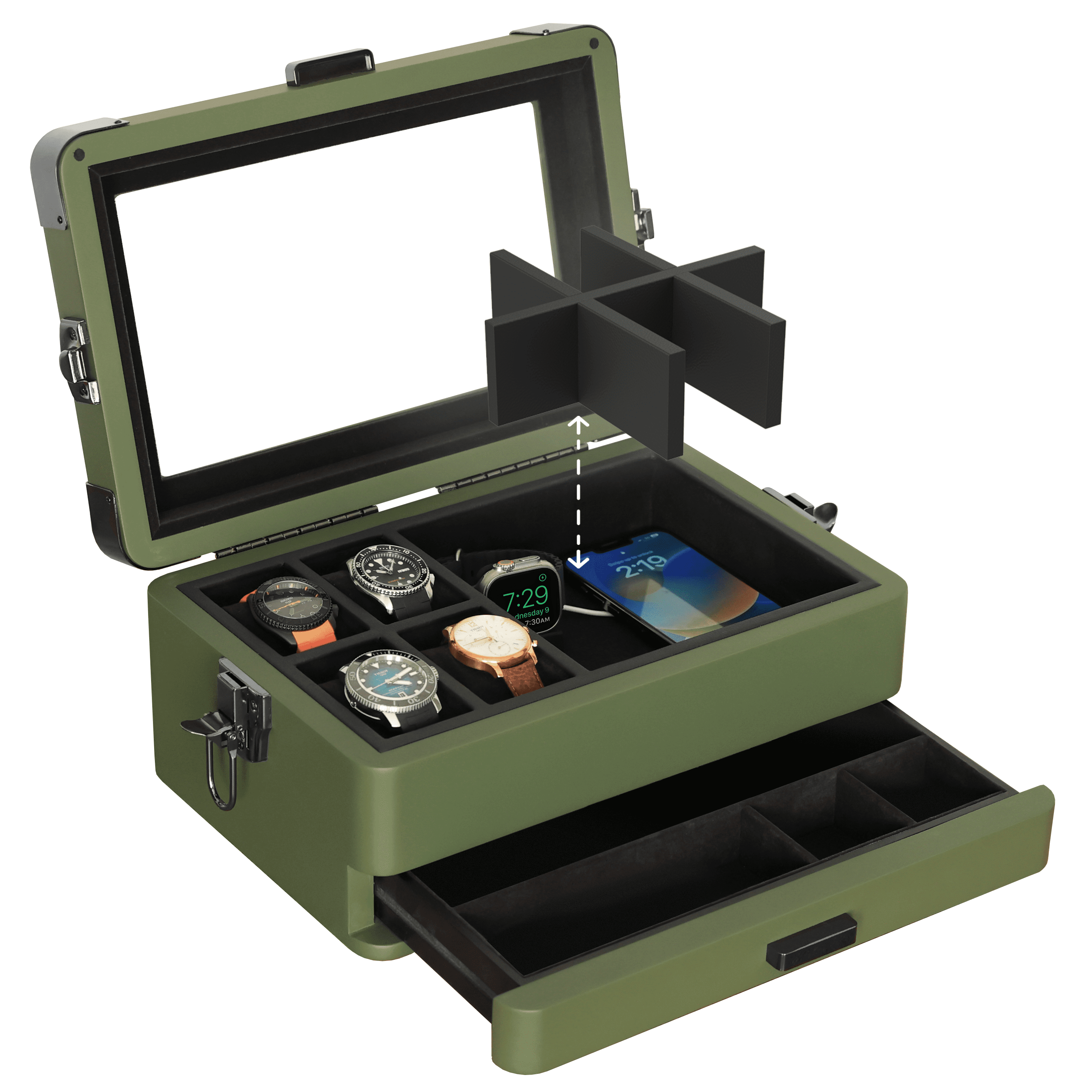Over time, you realize some cigar experiences are just better than others. Attribute this to personal taste and variables such as the type of tobacco, the type of torch used, the size of the cigar, the style of cigar. And, whether you know it or not, the humidity level of the cigar affected the experience, too.
There’s a reason we care about humidity levels (beyond pretension): humidity in cigars affects how they smoke, which affects flavor, which affects the entire experience. With the wrong humidity level, your cigar smokes too quickly, unevenly, or it swamps and becomes difficult to draw from. That’s why humidors are so important--they help regulate2cigars at the best smoking humidity level.
The quandary facing many cigar enthusiasts: what’s the ideal setting for a humidor? At what humidity level should cigars be? Well, the answer(s) are varied, and more complex depending on how far you delve down the rabbit’s hole. From the outset, you’re in a good place to be asking questions like these, and a quick survey of most cigar smokers would probably hover in the same ballpark of suggested humidor levels.
But let’s look a little closer at humidity levels to understand how and why you would want a different humidity level. Or why some cigars perform better at a different humidity level. Your Klaro humidor can store cigars in a range of humidity levels, and you need to know what’s right for your cigars.
The 70/70 Rule
What’s behind the need to keep your cigar at the right humidity level? At a too-high humidity level, your cigar becomes soft, attracts mold, and doesn’t pull correctly when lit. If the humidity is too low, your cigars dry up, crack, and break apart, not to mention they also smoke sporadically. Humidity matters--as does temperature.
Among cigar smokers, a common rule for ideal temperature and humidity for cigar storage is 70 degrees Fahrenheit and 70 percent relative humidity--known as the 70/70 rule. If you follow this advice, your cigars will likely store just fine. But there’s growing disagreement with the 70/70 rule being the final say when it comes to humidity and cigars.
More and more cigar aficionados suggest storing cigars at a lower humidity level. A small poll by Cigar Advisor put the average preference closer to 67%, with many experts suggesting even lower humidity levels. This is partly preference, partly based on the type of cigar, tobacco, processing, and structure. For example, Maduro cigars and those with similarly thicker wrappers will have more oil and can be stored and smoked at a lower humidity level--even as low as 65%.
Experiment with your humidor and the different types of cigars you want to smoke. As you explore humidity levels, you’ll also want to research how different cigar brands are made, what part of the tobacco leaf is used, and how oil consistencies smoke differently at different humidity levels.
While some might think a change of a few degrees in relative humidity won’t change their experience, think of it as an opportunity to learn more about cigars, their makeup, and how they smoke.
Temperature and Humidity
Some argue cigars store best at temperature and humidity levels resembling Cuba’s climate, where much of the cigar trade originated. However true or false that concept may be, there is an undoubted connection between humidity and temperature--and geography can play an important role.
Relative humidity and temperature share a relationship: a sudden rise in temperature will lower the relative humidity, and, alternately, a sudden drop in temperature will raise the relative humidity. The 70/70 rule is at least helpful because this is where relative humidity and temperature meet at the same point.
Most humidors don’t include a way to manipulate temperature, which is why you usually store them away from sunlight, heaters, or in especially cold rooms. By keeping your humidor in a relatively temperate location, you can better control humidity levels. However, in areas of the country with higher/lower temperatures or higher/lower relative humidity, you may struggle to find a balance with your humidor. That’s where humidor refrigerators can come into play. These allow you to control both humidity and temperature. Though they usually come with a far steeper price tag than your typical humidor.
Humidor Management
Your humidor is your best tool to properly achieve your desired humidity levels. And it’s your best bet for maintaining those levels, even when experiencing warmer temperatures or geographic locations with a higher humidity level. You can help the process by managing your humidor correctly, ensuring it’s seasoned, calibrated, and isn’t overfilled.
Season your humidor
To maintain optimal humidity levels, you need to season your humidor before storing cigars, and you should re-season it every few months to ensure proper humidity control. Different humidifiers will require different seasoning methods, and for Klaro humidors, there are detailed instructions for each. When you don’t season your humidor to saturate the Spanish cedar wood inside, the wood will draw moisture from your cigars.
But how do you know if your humidity levels are right?
Calibrate your hygrometer
A hygrometer is an instrument in your humidor that measures humidity, and you need to ensure it’s measuring correctly to best monitor cigar levels. There are two different types of hygrometers: analog hygrometers and digital hygrometers. Digital hygrometers, found in many Klaro humidors, are most accurate, and the Klaro hygrometers arrive pre-calibrated.
For other humidors, you may need to calibrate them when they arrive and occasionally re-calibrate them to ensure accurate readings. For humidors that rely on hydration packets, you’ll have to monitor humidity levels more often and expect more frequent fluctuation.
Avoid overfilling your humidor
Regulating the humidity level in your humidor becomes more difficult when you overfill with cigars. This reduces the humidor’s ability to adjust to rising or lowering temperatures and outside humidity levels. In addition to overfilling, you put your cigars at risk when you consistently open the humidor, exposing your cigars to outside temperature and humidity.
For those who have a habit of wanting to look at your cigars, consider a glass top humidor to help you refrain from opening your humidor too often.

How do You Lower the Humidity?
So if more cigar experts are suggesting a slightly lower humidity level for cigars, how do you properly lower your humidity levels a few percentage points without drying them out? There are multiple ways to achieve lower humidity, including active and passive methodologies.
To slowly lower your humidity levels, refill your humidor less often. Most humidors have a liquid element the Spanish cedar pulls from to humidify the air. When you refill this less often, the humidity levels will naturally go down.
For a more active means of lowering humidity, consider using regulation accessories like humidor beads which help control humidity levels more efficiently. These beads will be sold with a relative humidity rating, so use a lower humidity level bead if you wish to reduce humidity levels.
As a last-ditch effort, some humidor owners suggest leaving your humidor open for extended periods to lower the humidity. The danger, however, is that prolonged exposure could lead to your cigars becoming permanently damaged--so consider using this technique only for brief periods before reassessing the humidity levels of your humidor.


